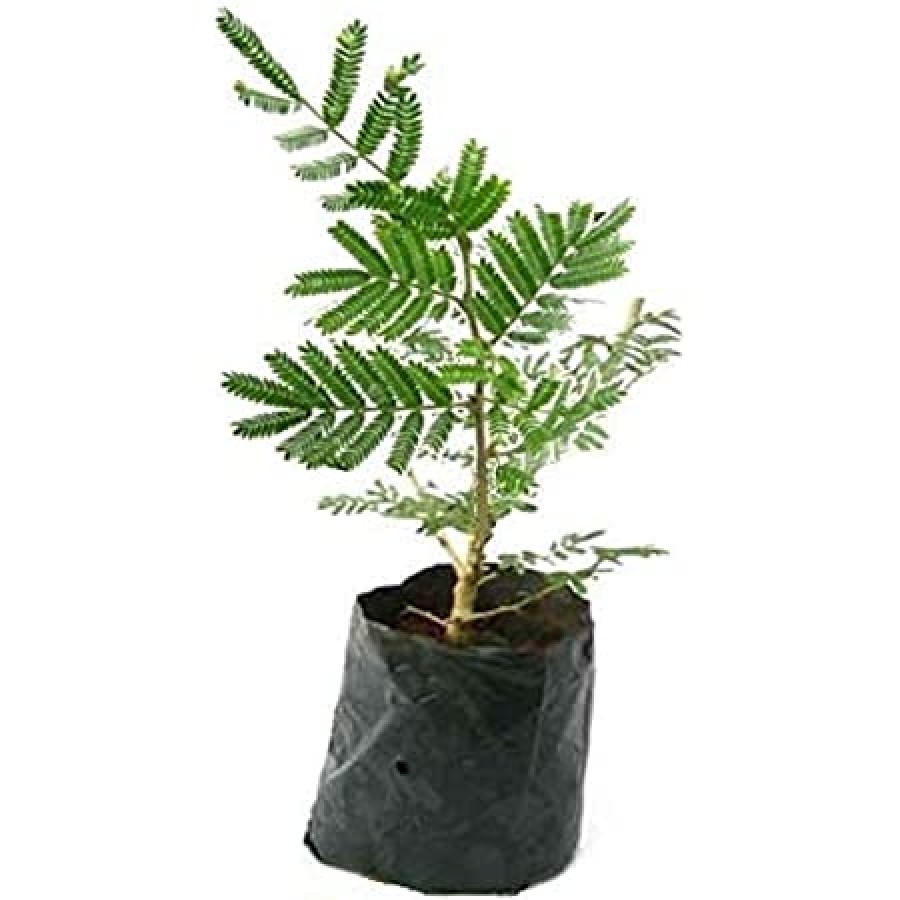Prosopis cineraria is also the state tree of Rajasthan (where it is known as Khejri), Western Uttar Pradesh (where it is known as Chhonkara) and Telangana (where it is known as Jammi [5] ) in India. A large and well-known example of the species is the Tree of Life in Bahrain – approximately 400 years old and growing in a desert devoid of any obvious sources of water.
P. cineraria is a small tree, ranging in height from 3–5 m (9.8–16.4 ft). The leaves are bipinnate, with seven to fourteen leaflets on each of one to three pinnae. Branches are thorned along the internodes. Flowers are small and creamy-yellow and followed by seeds in pods. The tree is found in extremely arid conditions, with rainfall as low as 15 cm (5.9 in) annually; but is indicative of the presence of a deep water table. As with some other Prosopis spp., P. cineraria has demonstrated a tolerance of highly alkaline and saline environments.[7]
The tree should not be confused with the similar-looking Chinese lantern tree, Dichrostachys cinerea. They can be told apart by the flowers. While the Chinese lantern tree has bicolored pink-yellow flowers, the true Shami tree has yellow-colored bristled flowers only, like most other mesquites.

